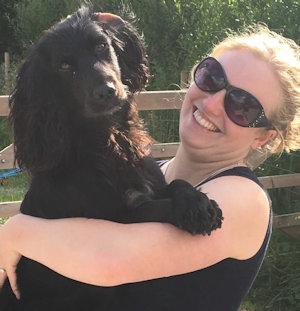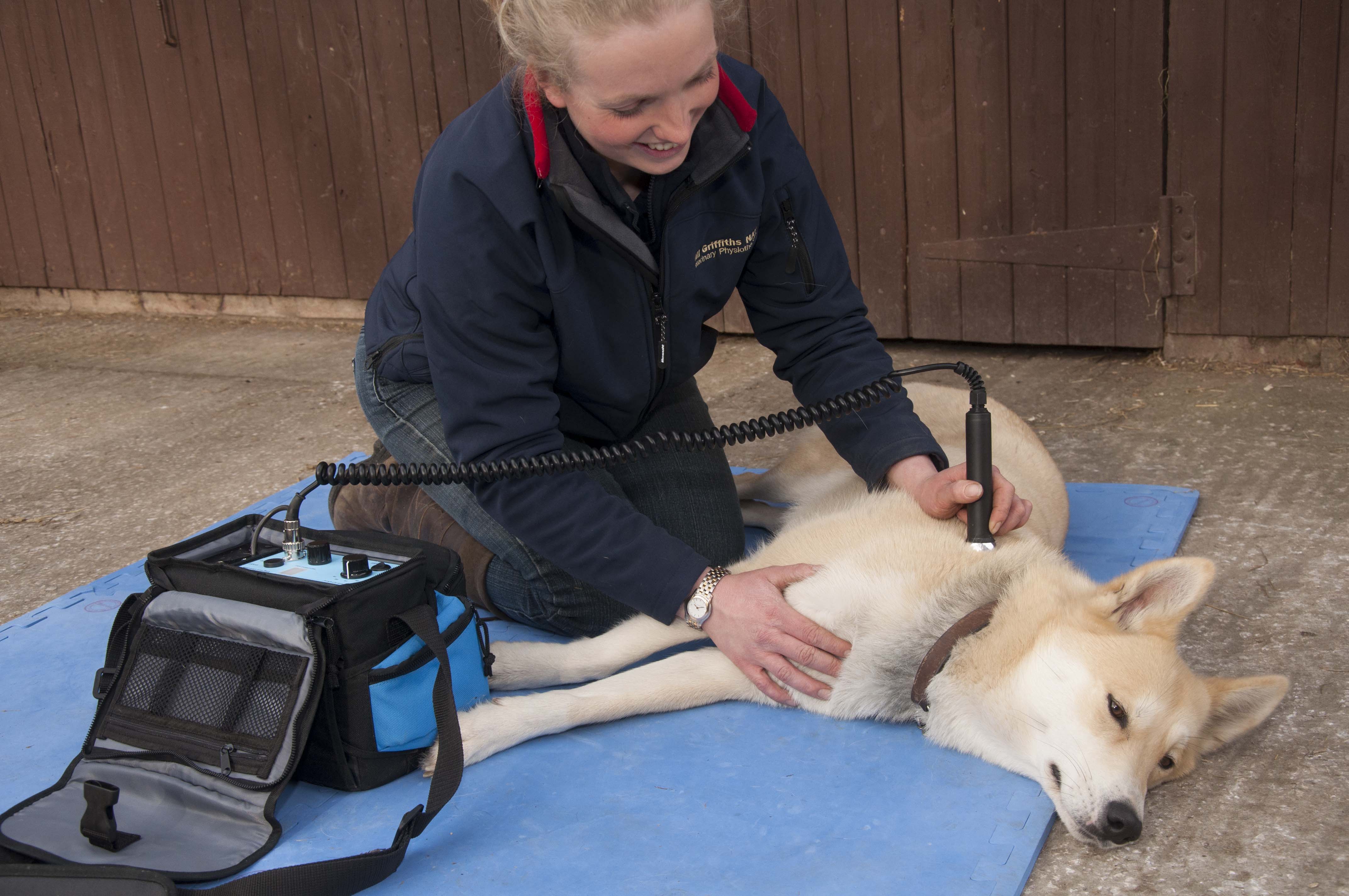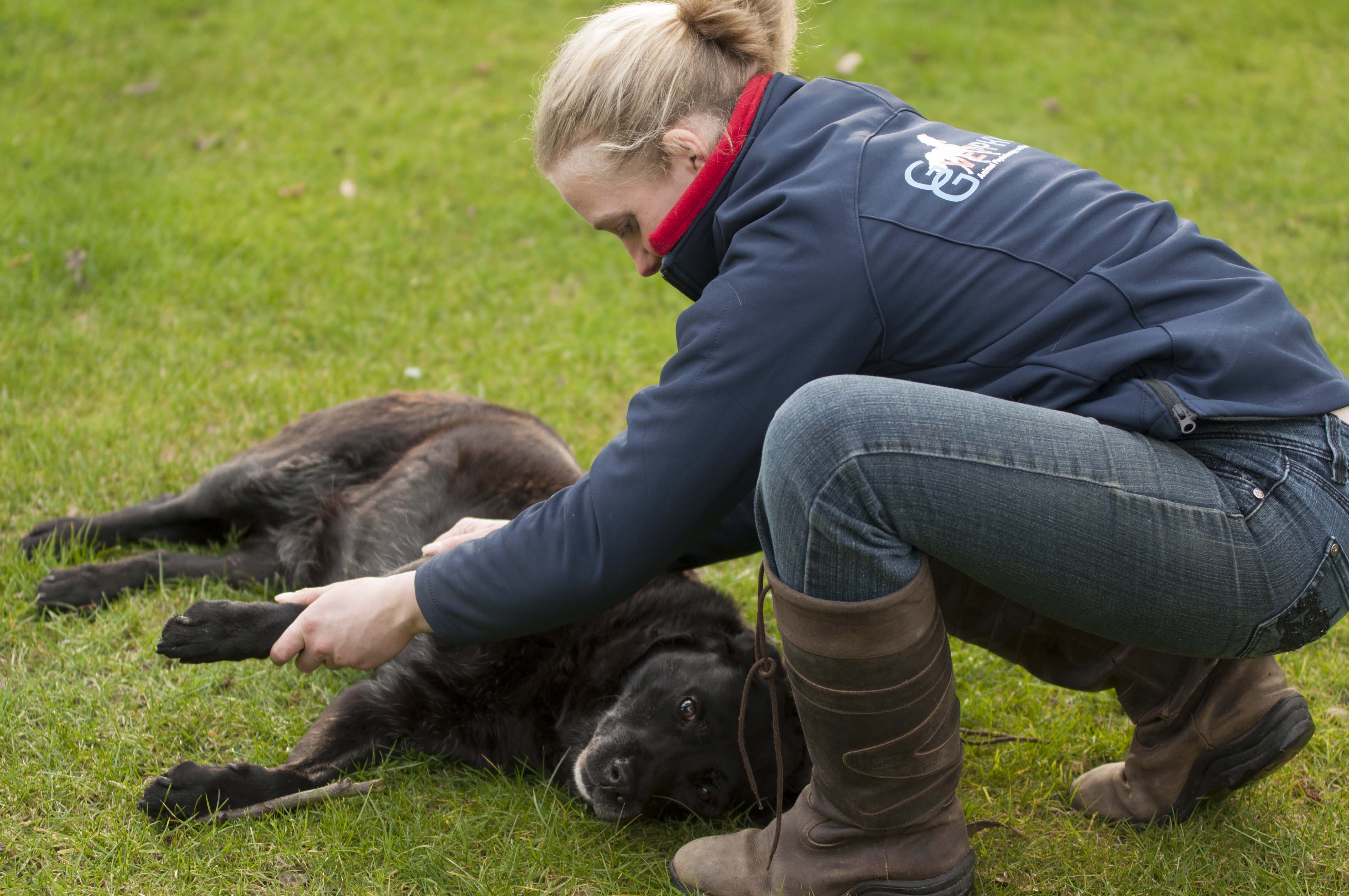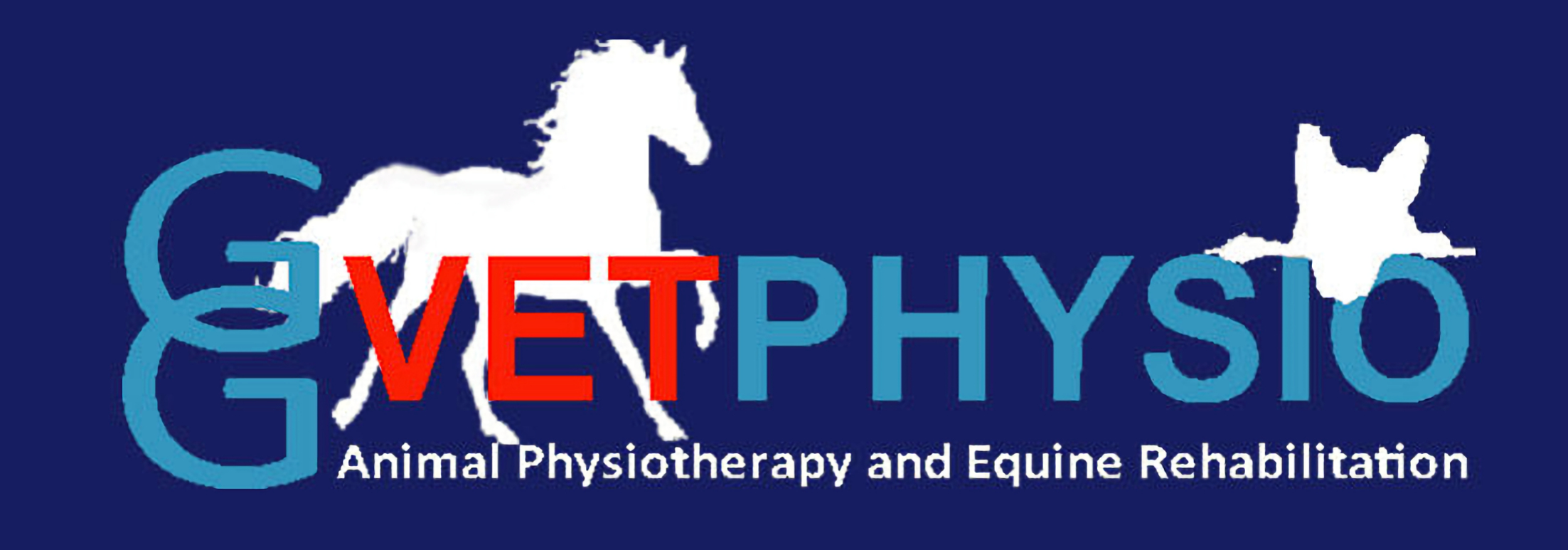Case Study
14 yo, male, neutered Shih Tzu
Diagnosis:
Intervertebral Disc Disease
No deep pain response, hypertonicity in both hindlimbs, unable to stand and walk.
Treatment - K-laser and physio treatment weekly starting 6 weeks after symptoms started
alongside meloxicam, gabapentin and pardale.
Hydrotherapy was monthly prior to injury and restarted weekly 1 month after physio and laser started.
A truly successful treatment - 2 months into treatment and he is walking again.
Get in Touch

Questions Welcome or Book an Appointment
If you have any questions about your pets treatment or veterinary physiotherapy in general please give me a ring.
Telephone advice is free!
I will be delighted to help you.


.jpg)
